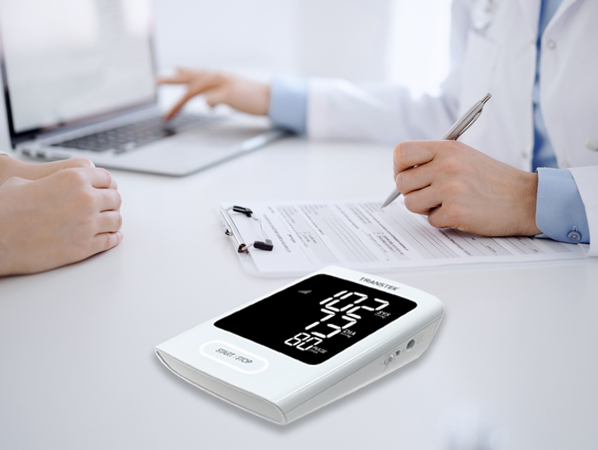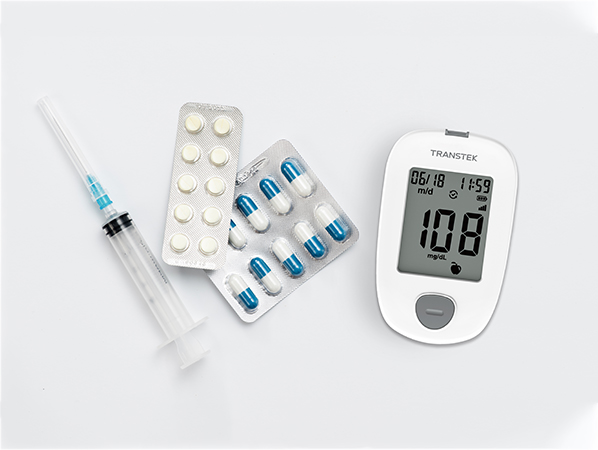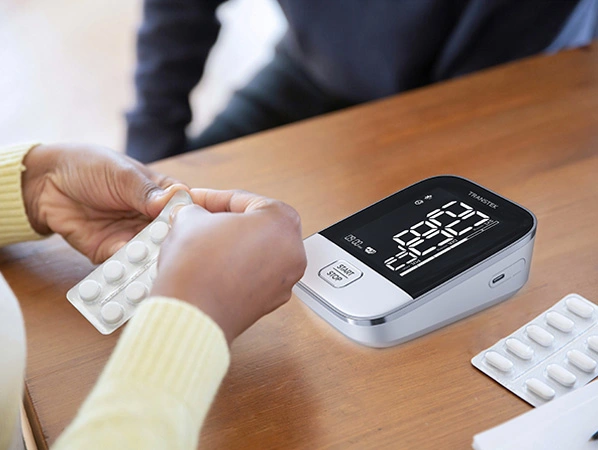Remote health monitoring has become widely used during the COVID-19 pandemic and has allowed for virtual care in more fields such as psychology or cardiology. The remote health monitoring industry is expected to double by 2025 due to factors such as the COVID-19 pandemic and increased home care. The use of remote health monitoring has been shown to ultimately provide better patient compliance and improved physician management, while reducing the cost of care.
Remote health monitoring has multiple benefits for both clinicians and patients. In 2019, as many as 9 out of 10 healthcare providers said they had invested or planned to invest in remote health monitoring solutions. Let's briefly introduce some of the benefits of remote health monitoring for patients:
1) Patient-centered healthcare: Remote health monitoring is patient-centered care where patients actively participate in monitoring their medical care under the auspices of experienced health professionals. The doctor then analyzes the data and provides health advice to the patient based on the patient's condition reflected in the data. RPM device allows for better patient engagement. Increased engagement has added to the trend for patients to take their health into their own hands. Adopting a remote health monitoring service helps patients check their own health independently.
2) Reduce readmission penalties: Over the years, research into remote health monitoring has proven that it can reduce costs and help improve overall health. Not only did it reduce hospitalizations by 40%, but it also saved $6,500 per patient per year.
3) Home care: Remote patient monitoring provides home care for patients who need continuous health monitoring due to critical health conditions. During the difficult times of a global pandemic, remote health monitoring has proven to be a lifesaver.
4) Improve patient outcomes: The purpose of remote health monitoring is to improve individual health outcomes. Healthcare workers can also benefit from increased staff productivity and overall cost reductions through the facility, among other things.
5) Clinical and financial impact: The Financial Times published a report on the benefits of remote health monitoring, indicating that if implemented on a large scale, remote health monitoring could save the US billions of dollars annually. It is estimated to be around $6 billion per year.
6) Mobile remote patient monitoring: The mobile application interface collects data from smart sensors and transmits it to healthcare providers. The app provides information on submitted data, access to informational content, questionnaires, reminders, and tools for doctor-patient interaction in text, audio, and video.


